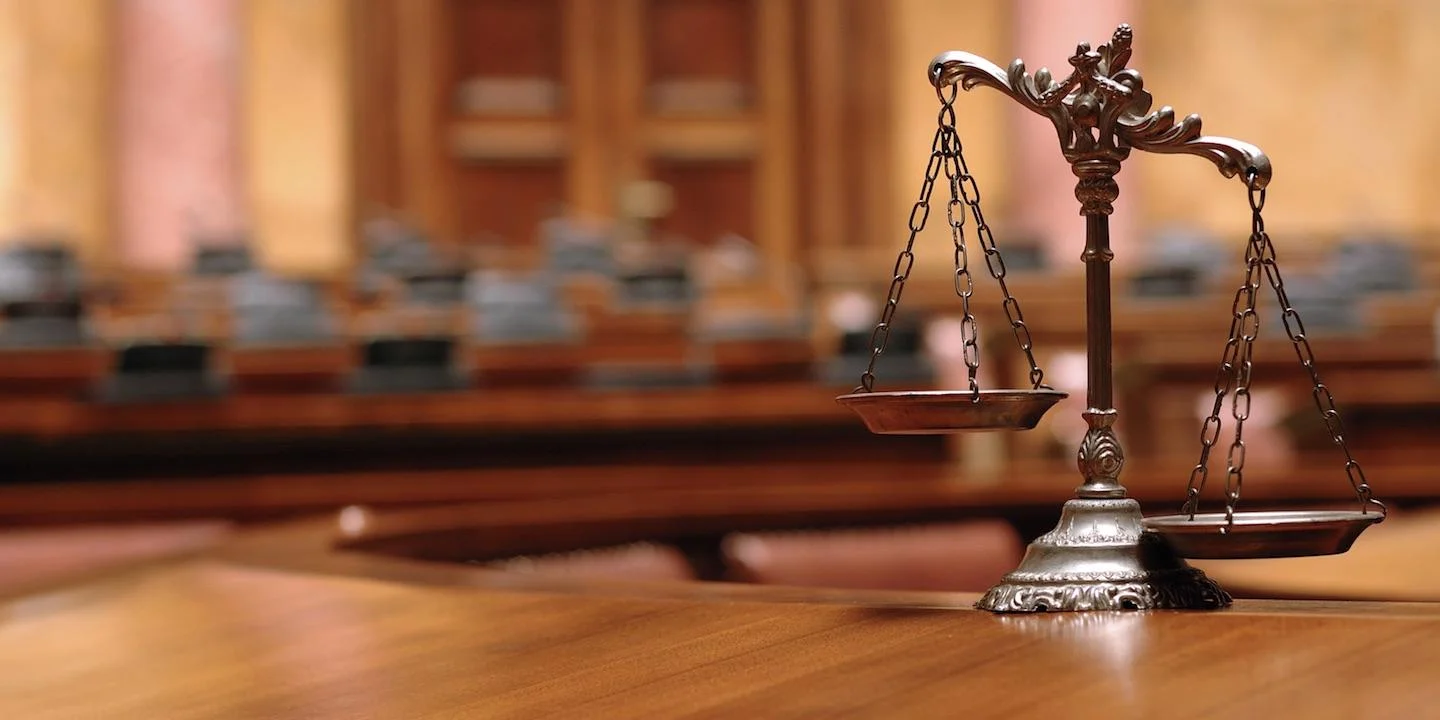LANCASTER, Pa. -- Wearable activity trackers are essential for many people at the gym, but it seems now that Fitbit, Jawbone and others could be just as important in the courtroom, given precedents set in a 2015 Lancaster case that debunked a plaintiff's story, as well as other cases elsewhere.
These fitness devices give wearers instant information, including their heart rate, calories burned, steps taken and sleep patterns. People use this information to assess their health as well as activity levels. Now, the data may also be used to provide evidence in workplace cases, such as an employee’s disability discrimination claim, workers’ compensation request or on-the-job harassment.

Karla Grossenbacher
“Wearable device data is just starting to make its way into courts, and we are just at the beginning of seeing how helpful and/or reliable it can be as evidence,” attorney Karla Grossenbacher told The Pennsylvania Record. Grossenbacher, an attorney with Seyfarth Shaw’s Washington, D.C., office, specializes in labor and employment law.
Data from wearable fitness devices has already been used as evidence in personal injury and criminal cases.
In a 2015 case from Pennsylvania, Lancaster police used data from the wearable fitness device Fitbit in a criminal case against a woman charged with making a false report that led to a manhunt. The woman told police a man broke into a home she was sleeping in and then sexually assaulted her. However, her Fitbit showed she was awake and walking around at that time. Charges were filed against the woman.
Thus far, though, wearable device data has not been used frequently in workplace litigation, Grossenbacher said, but data of heart rates, activity levels and sleep patterns could help assess someone’s physical and mental states. Employers may be able to rely on the data to determine whether in fact an employee’s daily activities, like walking or sleeping, have been adversely affected.
A personal trainer in Calgary, Canada, used her device data in 2014 as evidence of her injuries. Her Fitbit showed her activity levels were lower than someone of her age and profession would have.
Claims of emotional distress also can be supported by evidence from wearable fitness devices. Data showing an increased heart rate at the time of an alleged incident could support a plaintiff’s harassment claim, while sleep loss could be evidence of anxiety from an incident.
For employers, the data can be used to establish a lack of credibility against a plaintiff. For employees, data from their wearable devices can provide necessary support to their claims, so they should not stop wearing the devices if they plan to take legal action against their employer.
“Wearable device data only undermines an employee's case if the disability claim is unfounded,” Grossenbacher said.
Wearable devices do have drawbacks, including reliability issues. Data can be affected by having another person wear the device, a user forgetting to wear the device or the device having a dead battery.
Still, Grossenbacher believes data from the wearable device should be admitted as evidence. She points to witnesses with faulty memories or personal biases, as well as field experts reaching different conclusions as examples of evidence that is still permitted.
Data from wearable fitness devices can be obtained from the wearer or the device manufacturer. While the Health Insurance Portability and Accountability Act (HIPAA) protects certain medical information as private, it doesn’t protect the information stored on wearable fitness devices. As such, many of the device manufacturers’ policies state that the data may be released in litigation. An individual’s consent should be obtained to admit the data in litigation.
In the Lancaster, case, police said they had the alleged assault victim’s consent to use the wearable device data.
“Getting consent from the wearer is critical to the privacy issues presented by an employer's use of wearable device data in litigation,” Grossenbacher said. “Another important hurdle is demonstrating the legitimate reason for which the data needs to be accessed in the litigation and being able to represent that the employer will be accessing the data in a way that is narrowly tailored to that reason.”
